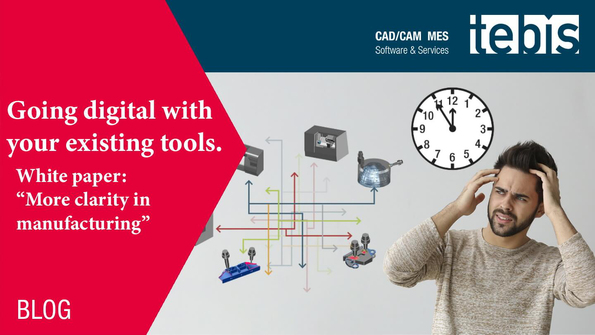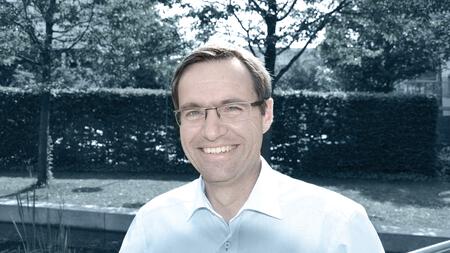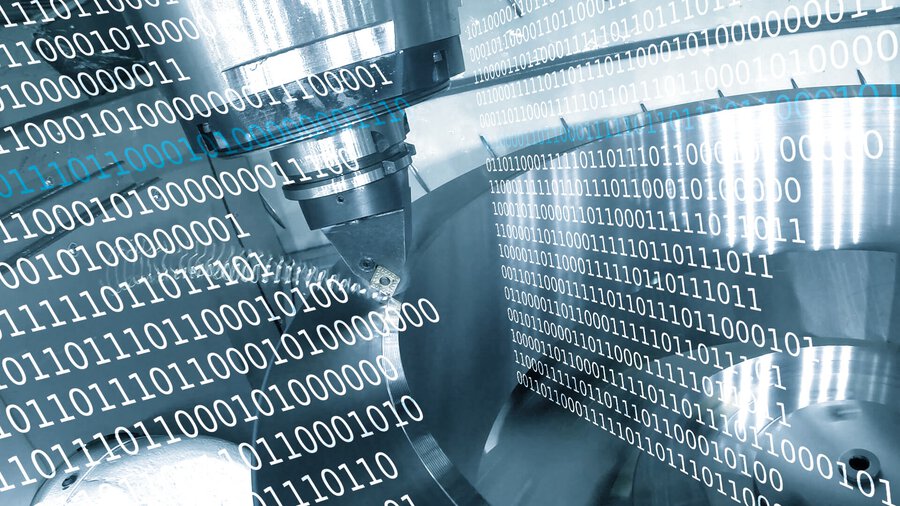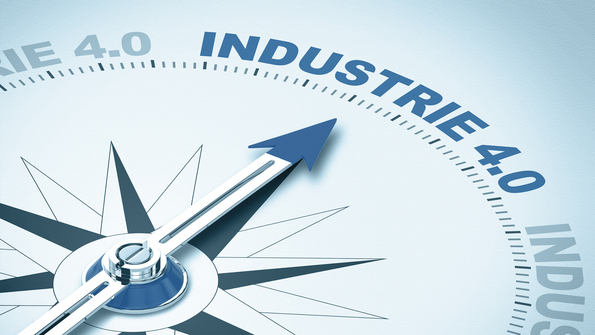How you can improve efficiency with digitalization in production machining
Use your existing resources to get started with digitalization: It's more than just a feeling that our industry – the world of single-part and small-series manufacturing in production machining – is becoming increasingly complex. The motto for times like these is: Roll up your sleeves and start making changes. It's been known for a long time that there’s ultimately no way around digitalization in production machining and in die and mold manufacturing. Digitalization helps reduce complexity and clarify the machining situation. However, many manufacturing companies don’t have an overview of the broad range of digital solutions on the market.
Our Whitepaper provides many useful check-lists and tips that help you define your personal digitalization path in production machining. We provide a very specific explanation for your industry. For success right from the start and for improved clarity.
Your resources for digitalized manufacturing processes: Here's the good news: Any company that’s already implemented CAD/CAM software for NC programming has taken the first step in the right direction. Another basic step is to work more quickly and efficiently using digital twins derived from your manufacturing environment. The next step is to digitalize your unique manufacturing knowledge in digital templates in the CAD/CAM software. The templates are used to create standardized NC programs, with templates for design and manufacturing preparation. The effort for both steps is manageable, both for production machining and for general manufacturing companies.
How to use your own resources to apply digital solutions right now for a fast ROI
What tasks you can expect on your path to digitalization
Why you can count on tangible success right from the start
How you can implement successive changes and where stumbling-blocks lie in wait
Quickly boost manufacturing efficiency with digital solutions: Our route planner: Golden tips and a guideline for production machining
Where does the path to digitalization actually start?
What are the right approaches for your industry?
How can production machining also quickly profit from digitalized solutions?
- With specific tips and check-lists
- With interesting background knowledge
- With current industry information for you
- For better clarity on the path to digitalized production machining
- How you can implement digital solutions with your existing resources
- What are the milestones and stumbling-blocks on the path to digitalized manufacturing processes?
- Why you can count on tangible success right from the start


Our blog author:


